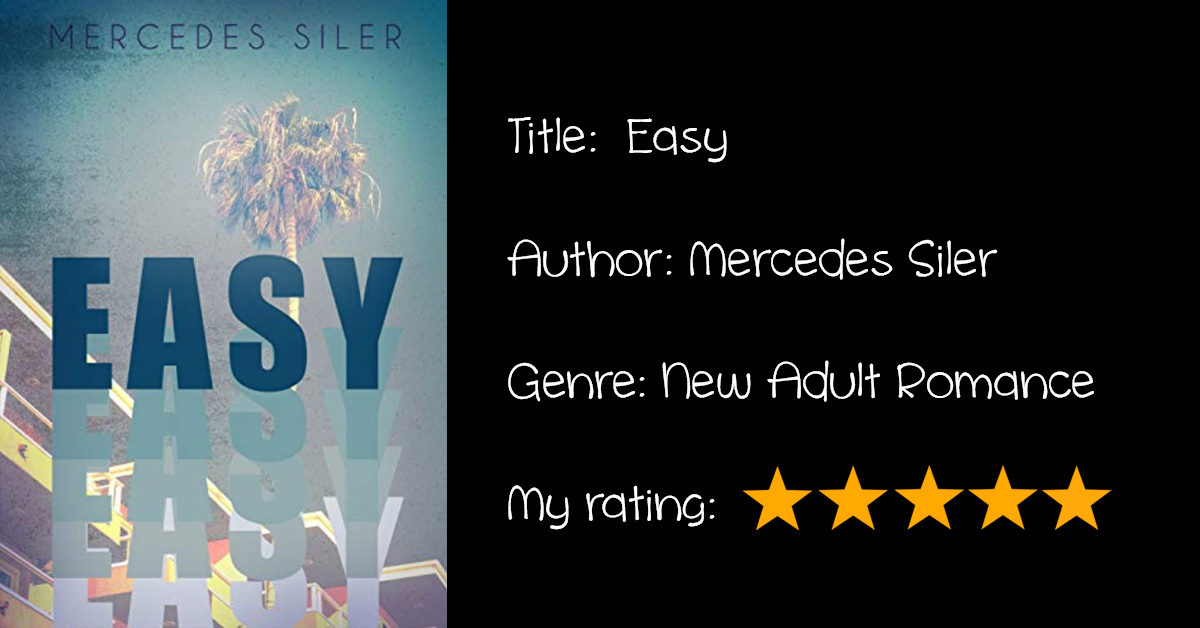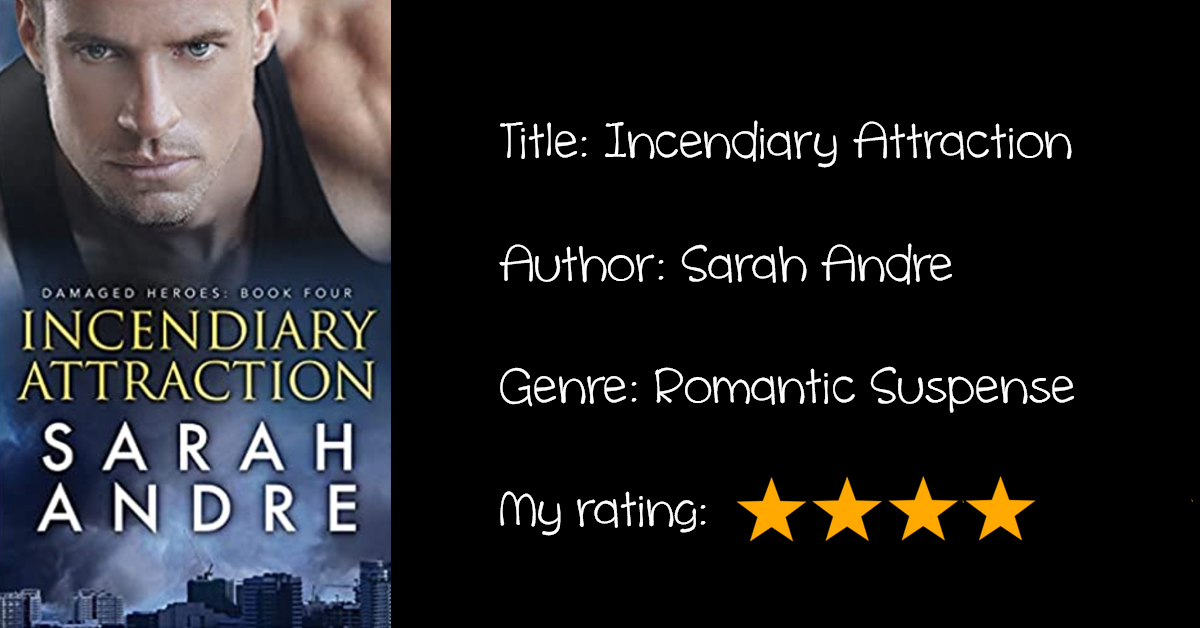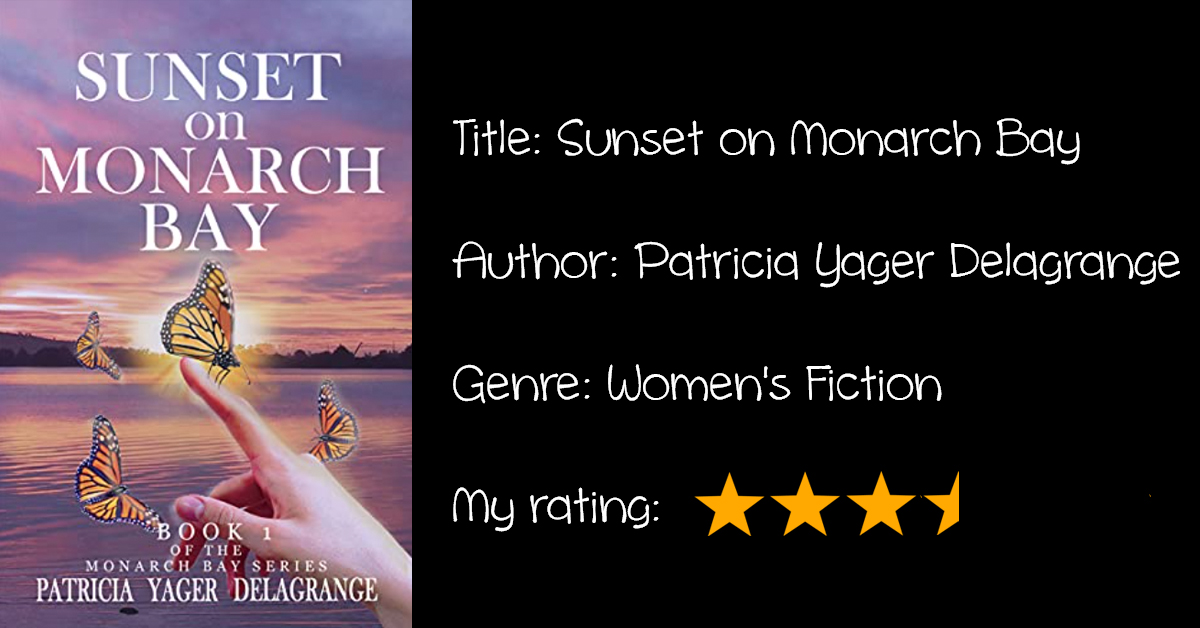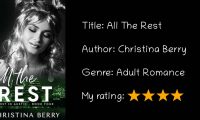Review: “The Murder of Sarah Grosvenor”
This book came to me via an ARC program, and I chose it as the opening lines caught my attention.
The Premise
In the 18th century, a series of unfortunate events and circumstances led to the death of a young woman, Sarah Grosvenor. This historical fiction revisits the shocking days of deceit, betrayal, and malevolence during the “Age of Enlightenment,” and then imagines what led to the multiple arrest warrants that were finally issued some three years later for the horrific crime.
The Pros & Cons
This was a thought-provoking tale of power and privilege that reveals the intrinsic horror of entrenched patriarchy in the face of social justice. Based on real historical events in colonial America, it recounts the events that led to a young woman’s death, primarily told through the eyes of her younger sister Rebecca who campaigned for the truth to be revealed. Though set in the 18th century, it is a timely tale particularly in light of the recent U.S. court ruling regarding Roe v. Wade, and its subsequent impact on women’s rights in America as it pertains to their bodies and the bearing of children.
Under the guidance of her doctor and coercion of her lover, Sarah Grosvenor was “taking the trade” to rid herself of an unwanted pregnancy. Her younger sister Rebecca bore witness to the events that led to her death, and the perpetrators involved in the crime–a murder, she believes it to be:
“I had been to the graveyard and it was not full to overflowing with stones set for women who had taken the trade and paid the doctors. Women lived. Something had gone horribly wrong for my sister.”
The village absorbed Sarah’s death and buried their heads in the sand to protect themselves and uphold the prominent reputations of the two families involved, until Rebecca took it upon herself to seek out the justice of the peace and demand that the truth be uncovered. Three years later, the court eventually charged the doctor John Hallowell and Sarah’s lover Amasa Sessions. The result was a trial that exposed shocking events, but the ultimate result was disheartening for Rebecca (and for the reader!) as the entitlement of men knows no bounds:
“Both men would be heralded for their future successes and lauded for their fine accomplishments. They would live prosperous lives, and that prosperity would guarantee that all was forgotten.”
Firstly, I must admit that this book was a difficult read in many ways. In one aspect, which I commend, the topic is unsettling, and the vivid imagery leaves an imprint — these are excellent for a writer to convey. In another aspect, though, the style of writing is quite eloquent which I found challenging to follow at times — some parts have repetition or an overabundance of description that obscures the actions or events of the plot from shining through. However, these unwieldy elements soon give way to the compelling story that unfolds beautifully in all its gory glory.
I appreciated the author’s talent at descriptive elements when it came to the powerful imagery that abounds: the chamberstick illuminating Rebecca’s face outside the justice’s door, Amasa’s callous ripping apart of beautiful wildflowers in his path, the demise of the underdeveloped baby, and so many more facets that were brought to life. From the defiant red-orange flame of Rebecca’s hair, to the ruddy-cheeked villagers whispering amongst themselves in the taverns, the author takes you right to the scene of the “crime”–not simply the death of a young woman, no, but the blatant disregard for women’s rights in favour of the men who hold all the power in society. At its close, when all was revealed, I especially appreciated the title’s choice of the word “murder” (rather than simply “death”) despite the intangibility of blame.
Conclusion
A historic novel based on an uncomfortable truth, this was no doubt expertly researched and presented. It gives many sides of the story through “vignettes” — we learn about Amasa’s family, Sarah and Rebecca’s family, several of the villagers, and the weary cowardice of those charged with making the laws and keeping the peace. I invite readers to challenge themselves and take a chance on this because its value runs deep both as a contribution to literature and to history on the whole. I can see this novel being used in an educational setting as a literature text for analysis, as there is a lot to dissect here. It is humbling and frightening to realise that women’s choices and the lives experienced in what we consider “ancient history” bear far too many similarities to the injustices that we still face today.








